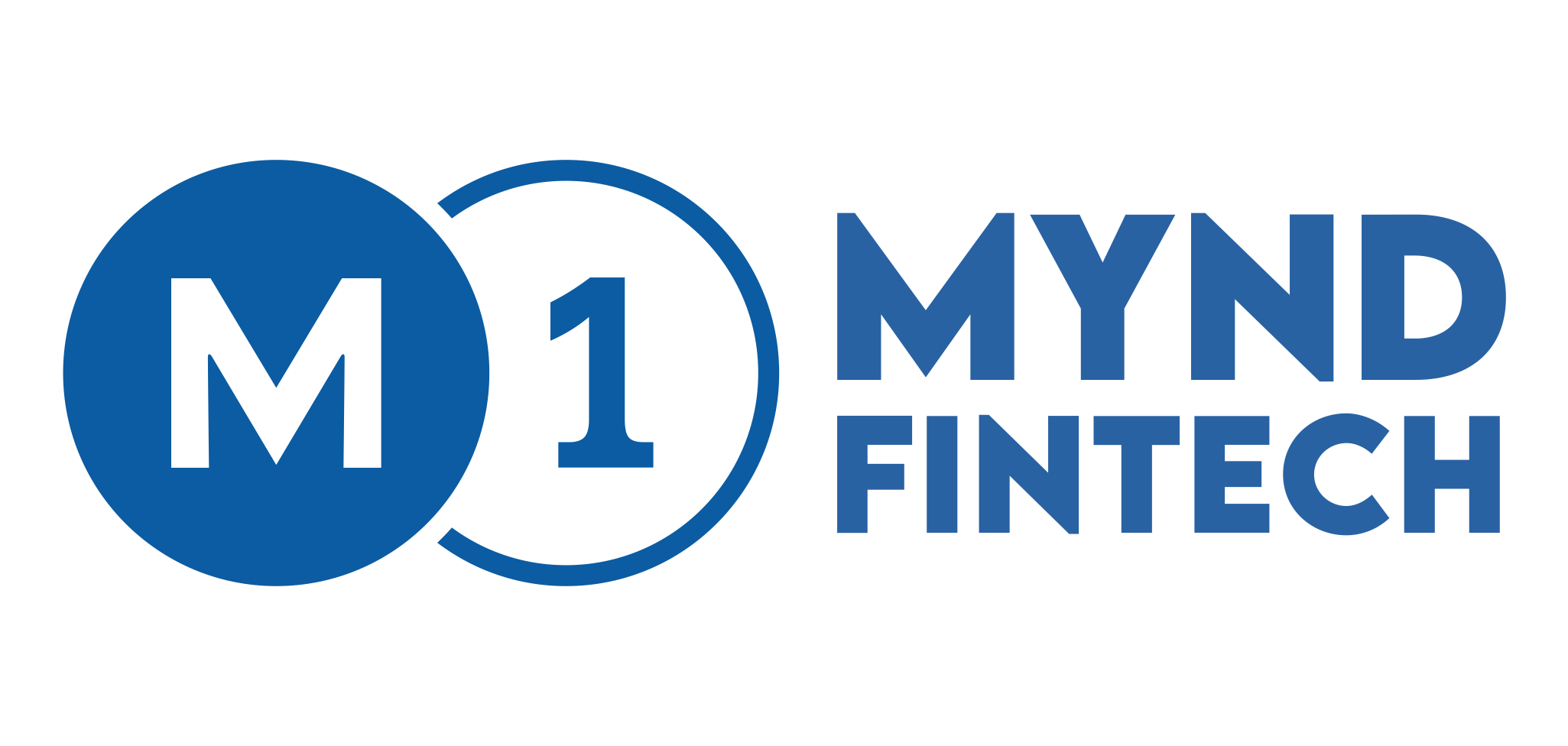Welcome to the world of Supply Chain Finance (SCF), where businesses come together like a financial dream team. Picture it as a group effort, where companies in a supply chain decide to be financial buddies, ensuring everyone has the cash they need to keep the business game strong. It’s like friends sharing resources to make sure the whole chain stays resilient and thriving. In this blog, we’ll take a journey into the basics of SCF, exploring how this teamwork strategy helps companies collaborate, boost their finances, and create a stronger, more successful business chain. Let’s dive into the power of financial collaboration!
What is supply chain finance?
Supply chain finance is like a financial support system for businesses. Imagine You’re a supplier of FMCG products like snacks or beverages to supermarkets. Supply chain finance works like receiving payment immediately after confirming the order from the supermarket, rather than waiting until after delivery. This enables you to manage cash flow efficiently while ensuring the supermarket receives its products promptly, fostering a mutually beneficial relationship.
Supply Chain Finance, often abbreviated as SCF, is a financial strategy that focuses on optimizing the management of working capital throughout the supply chain. Unlike traditional financing models, SCF extends beyond the boundaries of individual companies, fostering collaboration and enhancing the financial health of all stakeholders involved in the supply chain.
Types of Supply Chain Finance
SCF encompasses various financing models tailored to meet the diverse needs of supply chain participants. The two primary types are:
a) Receivables Finance: This involves the financing of accounts receivable, allowing suppliers to receive early payment for their invoices, thereby improving cash flow.
A large corporation partners with a bank for receivables finance to optimize cash flow. Instead of waiting for standard payment terms from customers, the corporation sells its accounts receivable at a discount to the bank, which then advances a portion of the total receivable amount immediately. This arrangement ensures a steady cash flow, allowing the corporation to meet financial obligations promptly and optimize working capital.
b) Payables Finance: Also known as reverse factoring, payables finance helps buyers optimize their payment terms by extending them without adversely affecting their suppliers. This benefits both parties by ensuring smooth cash flows.
In a supply chain, a large corporation as the buyer seeks to extend payment terms without burdening suppliers. It adopts payables finance, collaborating with a financial institution to negotiate longer terms, say from 30 to 60 days, without harming suppliers. The financial institution advances funds to suppliers, ensuring timely payment and improving cash flow for them. This strategy enhances cash flow management for the corporation while maintaining positive supplier relationships.
Mechanism of Supply Chain Finance
The mechanism of SCF relies on a collaborative approach among the key players in the supply chain – buyers, suppliers, and financial institutions. Here’s how it typically works:
a) Buyer-Supplier Relationship: Buyers negotiate favorable payment terms with their suppliers, such as extended payment periods.
The Corporate House negotiates extended payment terms with suppliers, agreeing on a 60-day payment period instead of the standard 30 days. This negotiation ensures flexibility for suppliers and strengthens the overall business relationship.
b) Financing Institution Involvement: Financial institutions step in to provide early payment to suppliers at a discount, using the buyer’s creditworthiness as collateral.
Financial institutions leverage the Corporate House’s creditworthiness to offer suppliers early payment options at a discount. This allows suppliers to receive funds sooner, enhancing cash flow without burdening the Corporate House.
c) Supplier Benefits: Suppliers gain access to faster and more predictable cash flows, reducing their reliance on expensive short-term financing.
Suppliers experience improved cash flows, reducing reliance on costly short-term financing. For instance, a supplier delivering raw materials receives early payment, mitigating financial strains associated with delayed invoices.
d) Buyer Benefits: Buyers optimize working capital by maintaining longer payment terms, while also fostering stronger relationships with suppliers.
The Corporate House optimizes working capital by extending payment terms. This enables smoother financial management and fosters stronger relationships with suppliers, enhancing overall supply chain stability.
Implementation and Strategies of Supply Chain Finance
Implementing SCF requires a strategic approach. Here are key strategies for effective implementation:
a) Collaborative Technology Platforms: Invest in advanced technology platforms that facilitate seamless communication and collaboration among supply chain participants. Cloud-based solutions and blockchain technologies can enhance transparency and trust.
Invest in cloud-based platforms and blockchain tech to streamline communication. Imagine a tech-savvy collaboration hub that ensures real-time updates, enhancing transparency and trust among the Corporate House, suppliers, and financial institutions.
b) Supplier Onboarding and Education: Successful SCF implementation hinges on the active participation of suppliers. Conduct training programs to educate suppliers on the benefits and processes of SCF. Simplify onboarding procedures to encourage wider supplier adoption.
Conduct user-friendly training sessions for suppliers, simplifying SCF processes. Picture an interactive webinar where suppliers learn the benefits of early payments, making onboarding a breeze and encouraging widespread supplier participation.
c) Data Analytics for Risk Mitigation: Leverage data analytics to assess and mitigate potential risks associated with SCF. Identify key performance indicators (KPIs) that help monitor the financial health of suppliers and minimize the risk of default.
Utilize data analytics to assess supplier financial health. Think of a dashboard highlighting key indicators, helping the Corporate House monitor supplier performance and minimize default risks efficiently.
d) Flexible Financing Models: Tailor financing models to suit the unique needs of different suppliers. Offering flexibility in terms of financing options ensures a more inclusive and successful implementation.
Tailor financing options to meet diverse supplier needs. Envision a menu of flexible financing choices, allowing suppliers to pick solutions that suit their requirements, ensuring inclusivity in the SCF implementation.
e) Continuous Monitoring and Improvement: Establish a robust monitoring system to track the effectiveness of SCF strategies. Regularly review the processes and make necessary adjustments to address evolving business needs.
Implement a user-friendly monitoring system. Picture a dashboard that Financial Heads can easily navigate, providing real-time insights. Regularly review and tweak strategies to keep pace with evolving business needs for sustained SCF success.
Challenges of Supply Chain Finance
While SCF offers numerous advantages, it is not without challenges. Some common hurdles include:
- Resistance to Change: Introducing SCF often requires a shift in the traditional mindset of supply chain participants. Employees may resist changes in processes and technologies. Resistance can slow down the adoption process, delaying the realization of benefits such as improved cash flow and stronger supplier relationships. Overcoming this challenge requires effective change management strategies.
- Complexity of Collaboration: SCF involves collaboration among multiple parties, each with its own processes and systems. Achieving seamless integration can be challenging. The complexity may lead to inefficiencies, communication gaps, and errors in the supply chain. Large businesses may experience delays and increased operational costs if collaboration challenges are not effectively addressed.
- Information Security Concerns: The sharing of sensitive financial information in a collaborative SCF model raises concerns about data security. Robust cybersecurity measures are essential to address these concerns. Failure to address information security concerns can lead to data breaches, financial losses, and damage to the company’s reputation. Large businesses may face legal and regulatory consequences, affecting overall stability.
- Supplier Onboarding and Education: Successfully implementing SCF relies on the active participation of suppliers. Supplier onboarding and education can be challenging due to varying levels of technological literacy and resources. If suppliers are not effectively onboarded and educated, the benefits of SCF, such as improved cash flows throughout the supply chain, may not be fully realized. Large businesses may face resistance and delays from suppliers who do not understand or trust the new processes.
- Regulatory Compliance: SCF involves financial transactions and data sharing, requiring adherence to regulatory frameworks. Navigating complex regulations can be a challenge. Non-compliance can result in legal issues, fines, and reputational damage. Large businesses must invest in thorough legal and compliance reviews to ensure that their SCF practices align with applicable regulations.
Addressing these challenges through effective communication, education, technological solutions, and compliance measures is crucial for large businesses to fully unlock the benefits of Supply Chain Finance while maintaining a robust and secure operational environment.
Financing Solutions for Suppliers
Recognizing and addressing the financing needs of suppliers is critical for the success of SCF. Here are potential solutions:
a) Supplier Financing Programs: Buyers can collaborate with financial institutions to offer specialized financing programs for their suppliers, ensuring access to affordable credit.
b) Dynamic Discounting: Implement dynamic discounting models, allowing suppliers to receive early payment in exchange for offering discounts. This flexible approach benefits both buyers and suppliers.
c) Alternative Financing Options: Explore alternative financing options, such as supply chain-focused fintech solutions, to provide additional avenues for suppliers to access working capital.
How MYND Fintech Revolutionizes Financial Supply Chain Management:
- Efficient Working Capital Optimization: MYND Fintech’s Supply Chain Finance solutions ensure that your business has timely access to working capital, allowing you to meet financial obligations and seize growth opportunities without constraints.
- Accelerated Growth Strategies: The seamless integration of Vendor Finance, Dealer Finance, and Factoring empowers businesses to navigate their growth trajectories with confidence. MYND Fintech facilitates early payments, creating a robust foundation for expanding operations and capitalizing on market demands.
- Enhanced Financial Health: MYND Fintech goes beyond conventional financial solutions, providing a holistic approach to financial health. By unlocking liquidity through early payments and reducing dependence on external financing, businesses can enjoy greater stability and resilience.
Conclusion
Ready to revolutionize your business finances? Embark on a transformative journey with MYND Fintech and experience the unrivaled power of Supply Chain Finance. Whether you are currently partnering with us or contemplating the move, now is the time to unlock working capital, accelerate growth, and take control of your financial future.
Contact MYND Fintech today to initiate your journey towards financial empowerment. Our team is ready to guide you through the process, ensuring that you reap the full benefits of seamless and accessible Supply Chain Finance. Unlock the potential of your business – contact us now and revolutionize your financial landscape with MYND Fintech!
Read More:
How Supply Chain Finance Empowers Small Businesses
How Supply Chain Finance Positions Your Business Ahead of the Curve with Mynd Fintech

